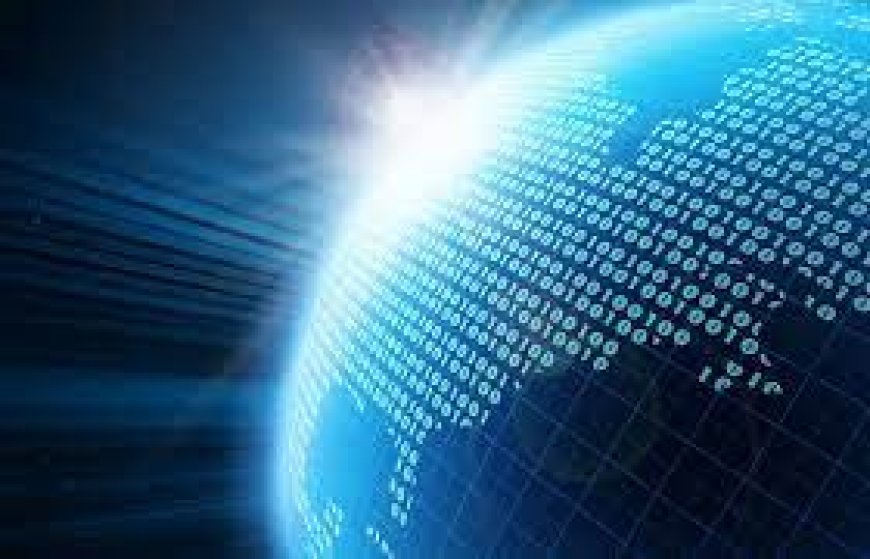Understanding the Internet and the World Wide Web: A Distinction of Concepts
The terms "Internet" and "World Wide Web" are often used interchangeably in everyday discourse; however, they refer to distinct concepts that play crucial roles in

The terms "Internet" and "World Wide Web" are often used interchangeably in everyday discourse; however, they refer to distinct concepts that play crucial roles in the digital landscape. To comprehend their differences and interconnections, it is essential to define each term and explore their functionalities.
The Internet is a vast global network of interconnected computers and servers that communicate with one another using standardized protocols, primarily the Internet Protocol (IP). It serves as the backbone for various services, enabling the transfer of data across diverse devices and platforms. Originally developed in the late 1960s as ARPANET, the Internet has evolved into a complex infrastructure that supports myriad applications, including email, file transfer, and online gaming. Its decentralized nature allows for a resilient and scalable architecture, making it a fundamental resource for individuals, businesses, and governments worldwide.
In contrast, the World Wide Web (WWW) is an information system that operates over the Internet. It was invented by Tim Berners-Lee in 1989 and is built upon the Hypertext Transfer Protocol (HTTP). The Web comprises a vast collection of interlinked documents and multimedia content that can be accessed through web browsers. Websites, which are hosted on servers, utilize Hypertext Markup Language (HTML) to structure content, enabling users to navigate from one page to another via hyperlinks. This user-friendly interface has revolutionized the way information is disseminated and consumed, facilitating the rise of e-commerce, social media, and online education.
While the Internet provides the underlying infrastructure that enables connectivity, the World Wide Web serves as a platform for accessing and sharing information. The distinction between the two can be further illustrated by considering that the Internet encompasses various protocols and technologies beyond the Web, such as FTP (File Transfer Protocol) and VoIP (Voice over Internet Protocol). Moreover, the Internet supports applications that do not rely on web browsers, demonstrating its broader scope.
In conclusion, understanding the Internet and the World Wide Web requires recognizing their unique roles within the digital ecosystem. The Internet serves as the foundational network that connects devices globally, while the World Wide Web offers a structured way to access and share information over that network. This distinction is vital for appreciating the complexities of modern communication and the transformative impact these technologies have on society. As we continue to advance in the digital age, a clear understanding of these concepts will remain essential for navigating the ever-evolving landscape of information technology.

 admin
admin 





